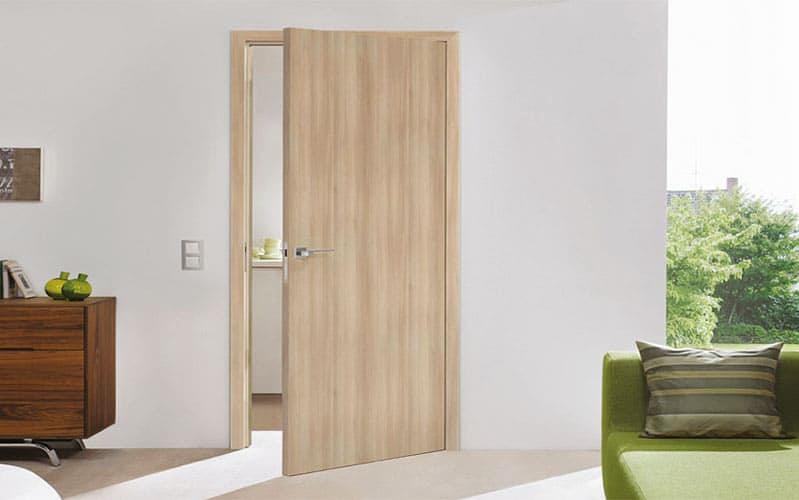Doors serve as both functional and aesthetic elements in our homes and commercial spaces. While the structure and material of a door are crucial, the outermost layer, known as the door skin, plays a pivotal role in defining the door's appearance and durability. In this blog, we'll delve into the fascinating realm of door skins, exploring their characteristics, applications, and the various materials that contribute to their versatility.
What is a Door Skin?
A door skin is essentially the outer layer or facing of a door. It is the part that is visible and often the first thing people notice. Door skins are designed to enhance the door's visual appeal while providing protection against external elements. These skins are available in a variety of materials, each with its own set of benefits and applications.
Materials Used in Door Skins:
-
Wood Veneer:
- Wood veneer door skins are popular for their natural and timeless aesthetic. They are crafted by layering thin slices of real wood onto a core material.
- Common wood veneer options include oak, mahogany, walnut, and maple. These provide a warm and classic look to doors.
-
Laminate:
- Laminate door skins consist of a layer of decorative paper or fabric that is impregnated with resin and attached to a core material.
- Laminate skins are known for their durability, resistance to scratches, and a wide range of design options, including patterns and textures.
-
Metal:
- Metal door skins, often made of steel or aluminum, are chosen for their modern and industrial appearance.
- These skins offer excellent security and are resistant to various environmental factors, making them suitable for exterior doors.
-
Fiberglass:
- Fiberglass door skins are lightweight, durable, and resistant to warping or rotting. They are often used for exterior doors.
- Fiberglass skins can mimic the appearance of wood or metal, providing a versatile option for various design preferences.
Applications of Door Skins:
-
Residential Doors:
- Door skins are extensively used in residential settings, contributing to the overall aesthetic of the home's interior and exterior.
-
Commercial Spaces:
- In commercial buildings, doors with laminated or metal skins are popular for their durability and ability to withstand heavy use.
-
Interior Design:
- Door skins are not limited to entry doors; they are also used for interior doors, offering a wide range of design possibilities to complement the overall interior theme.
Conclusion:
Door skins play a pivotal role in determining the visual appeal, durability, and functionality of doors in our living and working spaces. The variety of materials available ensures that there is a door skin option to suit every taste and purpose. Whether it's the timeless warmth of wood veneer, the modern aesthetics of metal, or the durability of fiberglass, door skins continue to be a fascinating aspect of architecture and design.


No comments yet